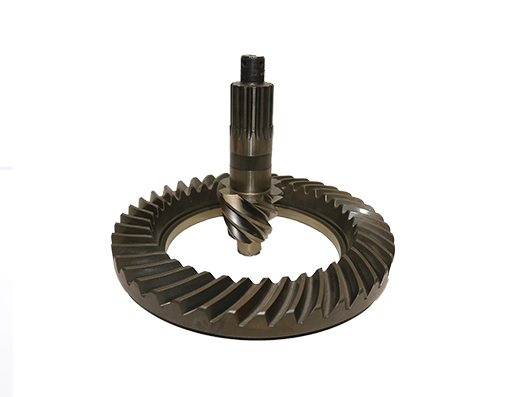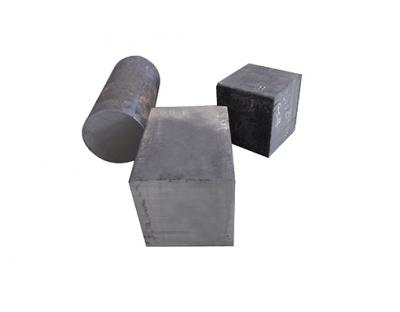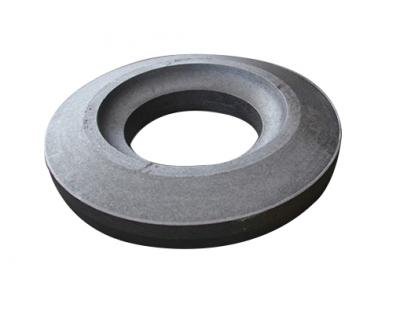What are helical bevel gears and what are the advantages?
Helical bevel gears are divided into two types, one is an arc bevel gear, whose large axle crosses with a small axle; One is a hypoid helical bevel gear, which has a certain deviation between the large axle and the small axle. Helical bevel gears are widely used in automotive, aviation, mining and other mechanical transmission fields, with large overlap coefficient, strong bearing capacity, high transmission ratio, stable transmission, noise and other advantages.

A helical bevel gear is a transmission component with a stable transmission ratio and low noise. It has different names in different regions, also known as arc tooth bevel gear, arc tooth bevel gear, bevel gear, arc bevel gear, spiral bevel gear, etc. Helical bevel gear transmission efficiency is high, the transmission ratio is stable, the arc overlap coefficient is large, the bearing capacity is high, the transmission is stable and stable, the work is reliable, the structure is compact, the energy-saving material, the space-saving, the wear resistance, the service life is long, and the noise is low. In various mechanical transmissions, the spiral bevel gear transmission has high efficiency and great economic benefits for various transmissions, especially high-power transmission; The drive pair saves space, smaller than the belt and chain drive; Helical bevel gear transmission stability, transmission ratio stability is often the basic requirements of various mechanical equipment transmission; Helical bevel gears work reliably and have a long service life.
Bevel gears and hypoid gears are gear transmission types for intersecting and interlaced shafts, respectively. However, there are various classifications according to the characteristics of the tooth length curve, the tooth height form and the processing method. Since the tooth length curve is closely related to the transmission performance, a specific processing method should be adopted, generally classified according to the tooth length curve.




